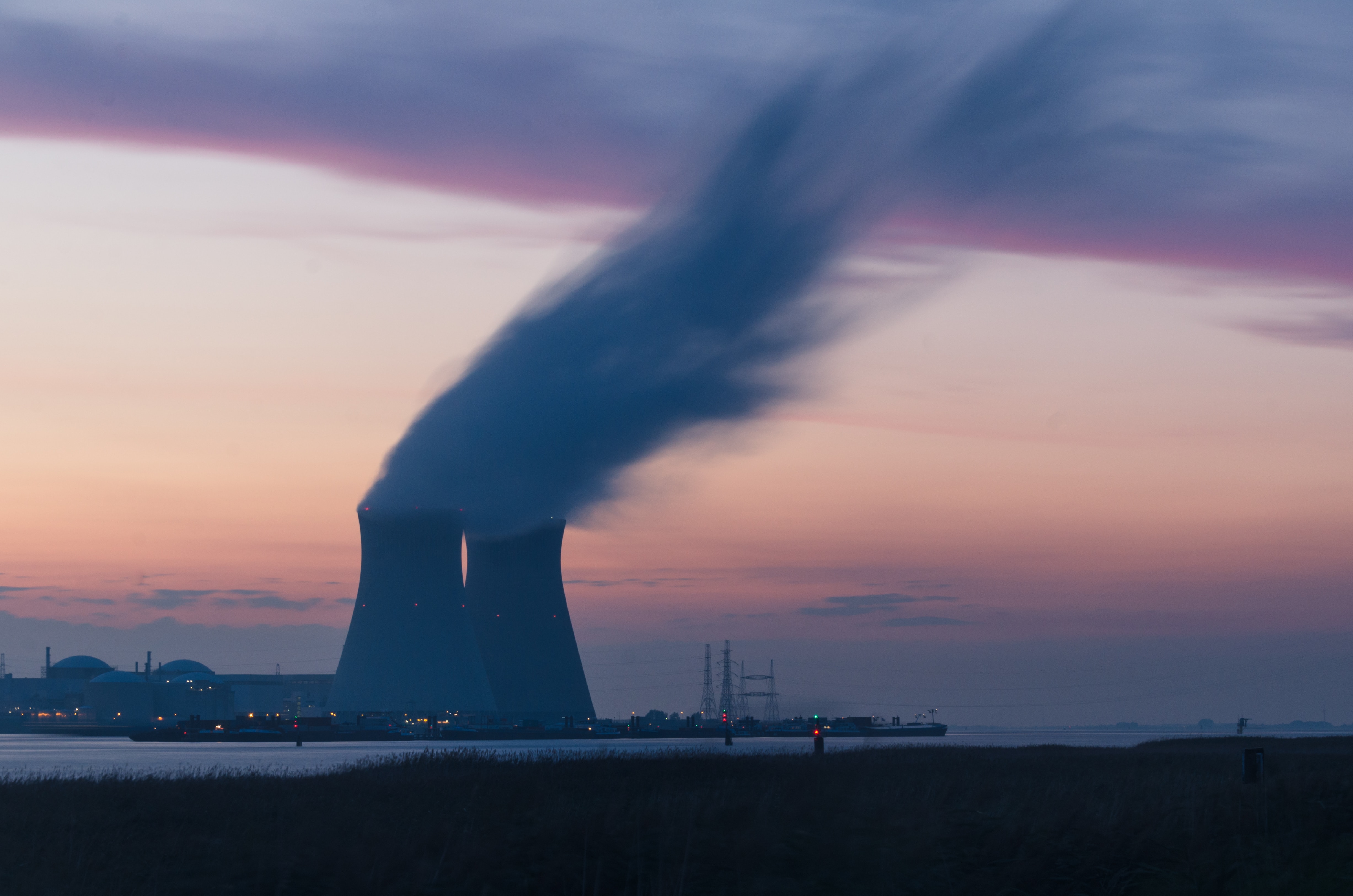For a variety of reasons – including aesthetics, perceived safety, and quality of life – people might want to be aware of whether they live near nuclear reactors, refineries, and fracking wells. Yet, seemingly, many people are unaware of it.
Just over half of the U.S. adults (54%) living within 25 miles of a nuclear site say they do, according to the new study of proximity and risk perceptions, “Proximity (Mis)perception: Public Awareness of Nuclear, Refinery, and Fracking Sites.” Less than a third of those living within 25 miles of fracking wells (30%) and refineries (24%) answer correctly, the study found.
The more risk that people thought the nuclear, refinery and fracking sites posed, the less likely they were to report that they lived near one. In contrast, those who live near the energy sites were more likely to say so when they believed that the sites are safe.

The study, led by researchers with the Annenberg Public Policy Center of the University of Pennsylvania, examines factors that could help people form more accurate perceptions – or could distort perceptions – of their proximity to energy sites. The study was published recently in the journal Risk Analysis.
“We found that people are really accurate overall: Most people don’t live near these nuclear, fracking, and refinery sites and they say they don’t,” said lead author Benjamin A. Lyons, who conducted the research as a postdoctoral fellow at the Annenberg Public Policy Center (APPC). “But if you look at people who live within 25 miles of these sites, many of them say they don’t – despite the objective reality.”
Coping with living near risk
Lyons, now an assistant professor of communication at the University of Utah, said people who live near the sites and think the sites are risky may be trying to cope with dissonant information.
“You’d think that people who perceive a risk from, say, a refinery would be driven to find out more information and therefore would be more aware of whether they were living in close proximity to one,” he said. But that is not what happened in this study.
“We propose that there is a kind of dissonance reduction process at work,” Lyons added. “People who see these sites as risky think, I can’t possibly live near them or they avoid the information that might be dissonant. It could be an unconscious or conscious process.”
The power of social contact
In addition, the researchers looked at the impact of other factors on perceptions of proximity to the energy sites:
- Social contact with employees of these energy industries increases perceived proximity, regardless of whether people actually live in proximity or not. In other words, if the respondents have friends or family who work for a nuclear or fracking site, for example, it increased their perception that they lived close to the site.
- Science knowledge had no consistent effect on perceived proximity.
- Consumption of local or national news media had no consistent effect.
Natalie Jomini Stroud, a professor of communication studies at the University of Texas at Austin and an APPC distinguished research fellow, said, “These results underscore that people are not always aware of their surroundings, and that this lack of awareness is correlated with people’s perceptions of risk. Those communicating about energy sites must keep both in mind.”
The research on proximity and risk perception is based on previously unpublished survey data from Pew Research Center’s American Trends Panel (ATP), a national, probability-based panel of U.S. adults. The data in the study came from three survey waves done primarily in June 2015, as well as in September 2014, and August-September 2015. The data included responses from 2,418 adults. The researchers used GIS data for locations of nuclear facilities, refineries, and fracking wells. (See the study for further details.)
In addition to Lyons and Stroud, the research was conducted by Heather Akin, who worked on the study as an APPC postdoctoral fellow and is currently an assistant professor of agricultural leadership, education and communication at the University of Nebraska-Lincoln.
The research was supported by the Science of Science Communication program of the Annenberg Public Policy Center of the University of Pennsylvania. It also received funding for Lyons’s time from the European Research Council under the European Union’s Horizon 2020 research and innovation program.
The study “Proximity (Mis)perception: Public Awareness of Nuclear, Refinery, and Fracking Sites” was published open access in the journal Risk Analysis and is available here. Download this release here.

